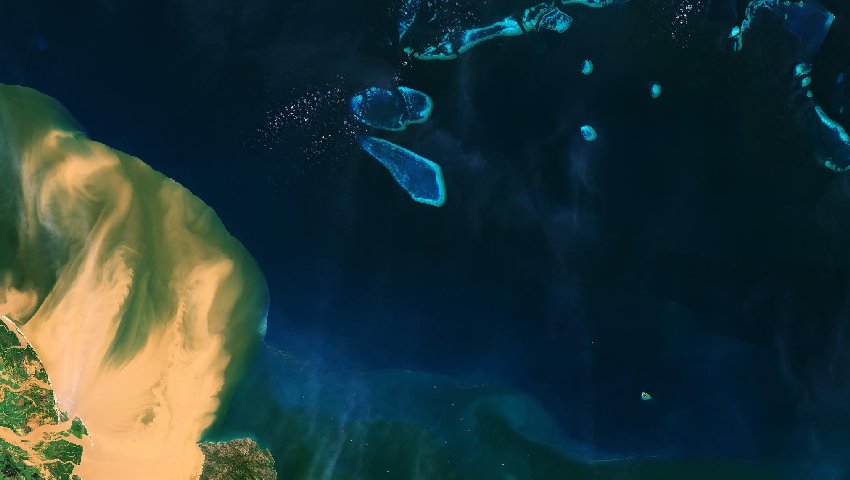On 28 September 2018, the Indonesian island of Sulawesi was struck by a 7.5 magnitude earthquake. The epicentre was on the island’s north-west coast – 77 kilometres north of Palu, which lies at the head of a long narrow bay. The quake triggered a tsunami that swept huge surges of water – as high as 10 metres – along the bay and swamped the city.
The combination of the earthquake, tsunami, soil liquefaction and landslides claimed well over 2,000 lives, destroyed homes, buildings, infrastructure and farmland in several districts.
With the authorities and relief organisations having spent the last nine months dealing with the aftermath, the shift is now into the recovery phase. This includes the daunting job of rebuilding the areas that were decimated by the disaster – and the Asian Development Bank and ESA have joined forces to help the Indonesian government with the task in hand.
The project, ‘Earth Observation for Sustainable Development – Disaster Risk Reduction’, is led by the Spanish company Indra with the Italian SME Planetek as a partner along with the French Geological Survey, BRGM, which is the scientific adviser of ESA’s Geohazard Exploitation Platform, an initiative that provides a cloud-processing service to support geological hazard mapping.
The main purpose of sharing these information products is to help the authorities better understand the hazards associated with seismic activity, flooding and landslides so they can make more informed decisions in elaborating a redevelopment master plan.
Data from the Copernicus Sentinel-1 radar mission can detect ground movement of millimetres in and across wide areas and, therefore, provides a detailed picture of land deformation.
Ground-motion maps of before and after the earthquake have been produced through Planetek’s automatic cloud-based ‘Rheticus Displacement’ monitoring service. Accurate to a few millimetres, these maps are based on Copernicus Sentinel-1 radar data and are helping the authorities evaluate the effect that the disaster has had on the land surface stability.
In addition to these information products, the project also included a week-long course in Jakarta organised by the Asian Development Bank and the Indonesian National Institute of Aeronautics and Space. Attended by more than 60 representatives from numerous Indonesian institutions, experts from Indra, Planetek and BRGM explained technical details, methodologies and usage of these satellite data products.
Paolo Manunta, who helps ESA with on-site support to the Asian Development Bank, noted, "Users explained that they are particularly interested in the ground deformation maps – they offer great insight into how the land surface has changed and are essential for Indonesia to redevelop effectively."
The team has also suggested that the Indonesian government additionally use ESA’s online Geohazard Exploitation Platform, which is designed to support the users looking at seismic risks, volcanoes, subsidence and landslides. It allows the seamless browsing, access and processing of vast amounts of satellite data, plus the software tools to extract useful knowledge.
The workshop included discussions on how space technology can support hazard and risk mapping in Indonesia and the user feedback obtained will serve as input for discussions between ESA, the Japanese Space Agency and the Asian Development Bank on how to further improve Earth observation for international development.

